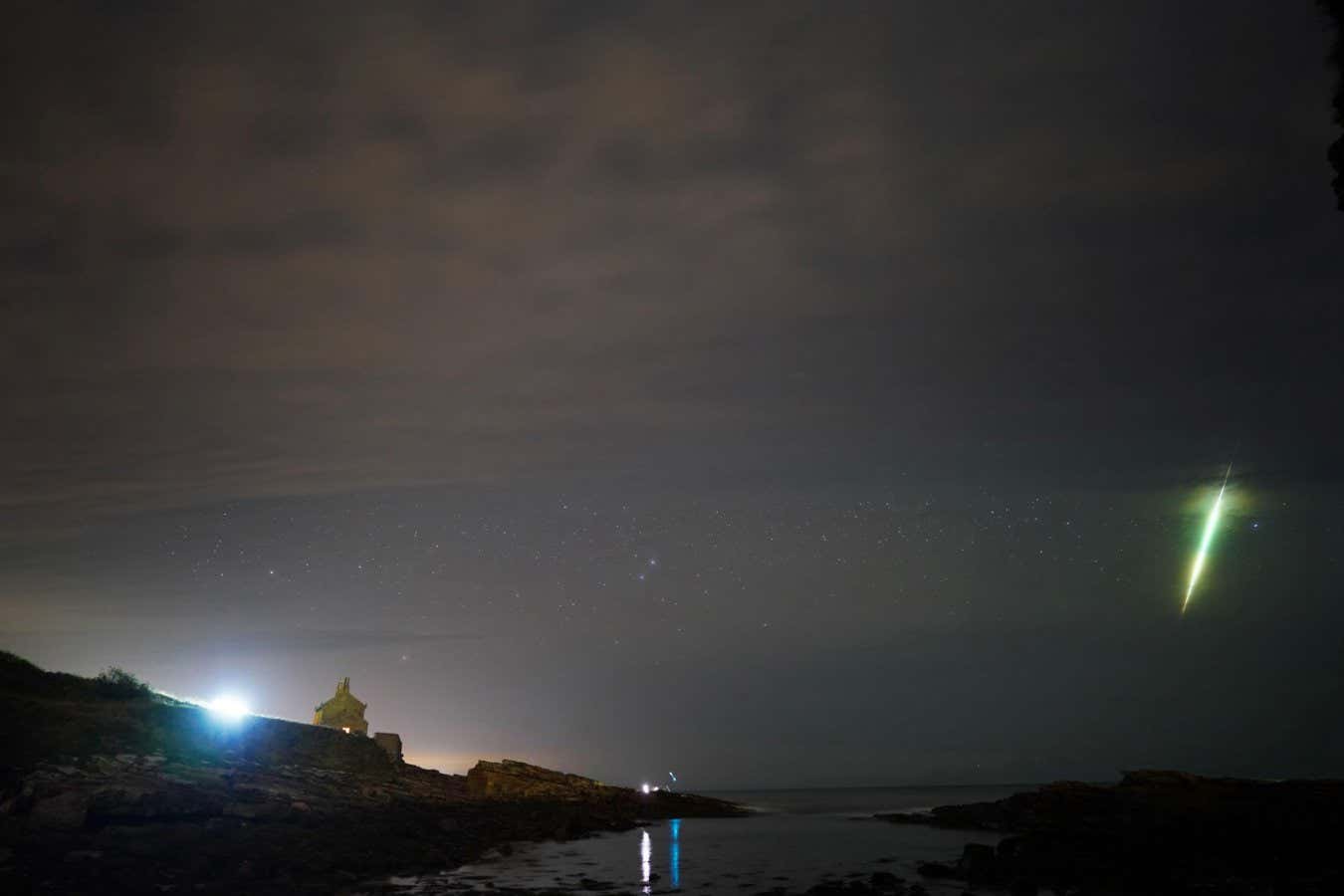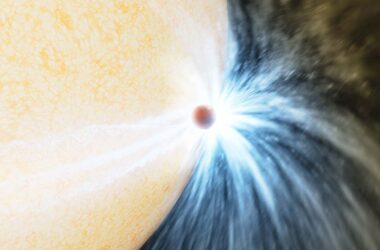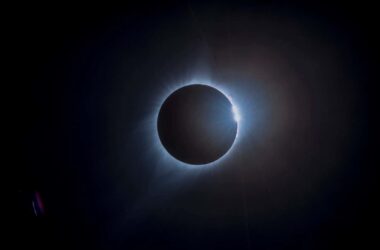A meteor seen from Northumberland, UK, during the Draconid display in 2021
PA Images/Alamy
The Draconid meteor shower is currently happening from 6th to 10th October, with its peak expected on 9th October. While it is one of the less active meteor showers and can only be seen from the northern hemisphere, it is still worthwhile to observe. The peak of the Draconid meteor shower coincides with a phase of the moon where there will be little moonlight, providing dark and clear skies for better visibility. On average, you can expect to see about 10 meteors per hour.
What are meteor showers?
Meteor showers occur when Earth passes through clouds of debris left behind by comets. These debris, usually tiny grains of dust or rock, enter the atmosphere at high speeds and burn up, producing visible flashes of light in the sky. The size of most meteor debris is comparable to a grain of rice.
The Draconid meteor shower, also known as the Giacobinids, is caused by the debris left by comet 21P/Giacobini-Zinner. This comet orbits the sun approximately every 6.5 years and last passed by Earth in 2018.
How can I watch the Draconids?
To observe the Draconid meteor shower, you don’t need to pinpoint its source. The meteors will appear to fly across the sky in various directions. However, the Draconids are named after the constellation Draco, as they radiate from that area.
The best way to view the meteor shower is to choose a cloud-free evening and escape from areas with significant light pollution. The optimal viewing time is generally just after midnight. Simply lie or sit back, gazing at the sky, and patiently wait for the flashes of light as meteors streak across the atmosphere. Meteors typically move across the sky in a matter of seconds, making them easily distinguishable.
How do I find Draco?
There are a couple of ways to locate the constellation Draco, from which the meteors radiate. One method involves using a collection of stars known as the summer triangle, consisting of Altair, Deneb, and Vega. This triangle becomes visible in the east right after sunset. To find Draco, draw an imaginary line from Altair, the closest star in the triangle to the horizon, to Vega, the star in the top right. Continue on this line, and you will soon come across Draco.
Another way to locate Draco involves utilizing the constellation Ursa Major or the Big Dipper. Follow the line created by joining the two outer stars of the Big Dipper’s bowl to the pole star, Polaris. Once you reach Polaris, draw an imaginary line perpendicular to the left. This line will point you towards Draco.
Topics:








